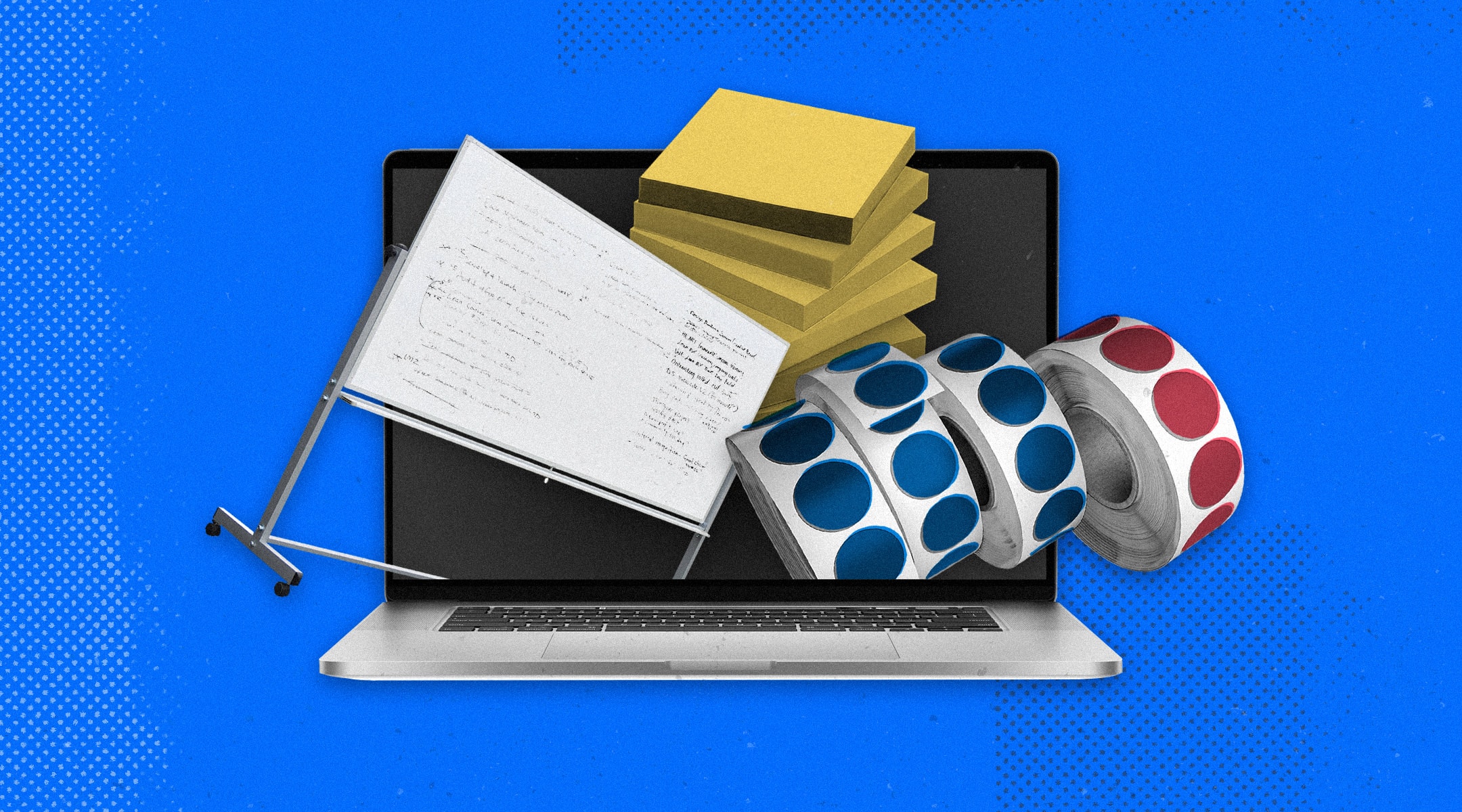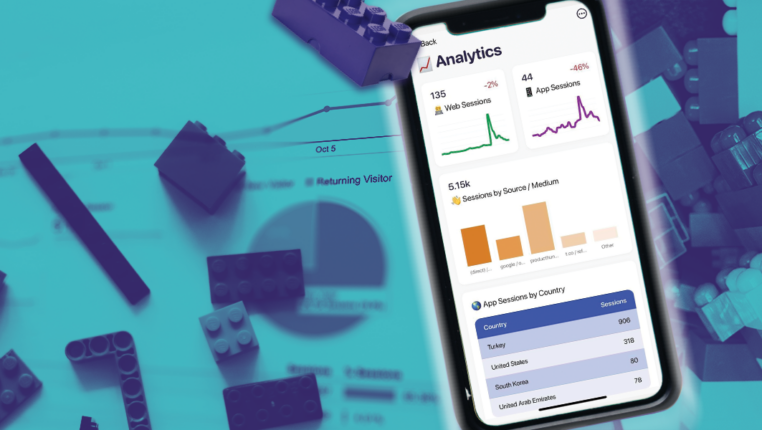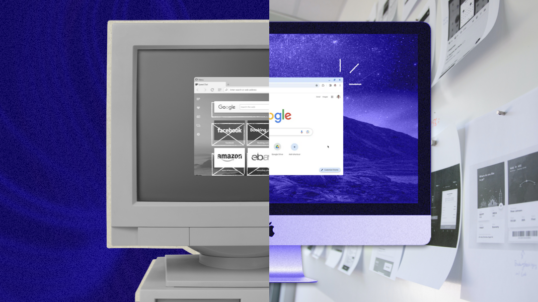The full impact of COVID-19 on business can’t be fully appreciated as of yet, but it’s clear that some industries are being impacted more severely than others. Travel, tourism, energy, and higher education are examples of markets that are in crisis.
But every non-essential industry is being challenged to various degrees by the restrictions of remote working, as teams struggle with questions such as:
- How can we maintain morale and high performance with fully remote teams?
- How can we get from an idea to a validated solution faster than we have in the past?
- How can we reduce risk and be more confident that we’re doing the right thing before we commit our limited resources?
- How can we increase our agility when responding to unexpected challenges?
Organizations that successfully emerge from this crisis will have learned the answers to these questions. Fortunately, teams don’t have to recreate the wheel to succeed – there’s already a clear and proven process that successful companies use to answer all of the above. It’s a process we’ve been formally using for a year – with great results – and it’s also a process that, fortunately, adapts very easily to remote teams: design thinking.
What Is Design Thinking?
Developed by IDEO and Stanford Design School, design thinking is a decision-making framework designed to eliminate the common issues that plague teams trying to address high-stakes problems with their products, services, and solutions. Some of the typical problems it solves for are groupthink, analysis paralysis, and personal agendas. It compensates for these human biases by imposing constraints that drive teams to produce the largest number of high-quality solution ideas in the shortest amount of time.
It’s not just a cool idea: Design thinking is proven. Companies with the highest levels of design-thinking maturity achieve 26 times the valuation of companies with a minimum investment in design.
Design thinking is most effective when the stakes are high and the timeline is short. That’s why it’s extremely useful when rapid product innovation can mean the difference between success or failure for your business. Like right now, for so many businesses.
But just because design thinking is rooted in collaboration doesn’t mean you have to be in the office to do it, which is pretty helpful right now. Design thinking exercises not only can be done remotely, they can have very positive impacts on team engagement and creativity overall. Design thinking fosters a spirit of collaboration and innovation that transcends the limitations of virtual communication while producing superior results.
What Kinds of Problems Can Design Thinking Address?
Design thinking can be successfully applied to any well-understood problem in need of a creative solution.
Higher Education
- How to attract top-caliber students
- How to develop pricing strategies for in-person and online education
- How to develop enhanced crisis communication plans
Healthcare
- How to reduce waiting times and increase patient satisfaction
- How to ensure patients comply with treatment paths without office visits
- How to rapidly expand telehealth and virtual health services
Financial Services
- How to evaluate different potential business model scenarios
- How to evaluate the efficiency of operational processes
- How to evaluate video chat as a potential customer service platform
Tools for Remote Team Collaboration
With access to just two common tools, design thinking and design sprints can be adapted easily to remote environments.
Virtual Meeting Software: Any collaboration tool that allows for audio/video conference calls and screen sharing such as GoToMeeting, Zoom, or Google Meet will suffice.
Virtual Whiteboard Software: Although not as commonly used, virtual whiteboard tools are inexpensive and allow teams to collaborate on shared “canvases” to complete design thinking exercises. MURAL or Miro are the two most common of these tools. For teams using Google products, even Google Slides can be used as a collaborative canvas.
Example Session Activities
A few examples of design thinking activities which are all very easily virtualized include:
| Problem Mapping: Define the problem, the user, and the desired outcome. | “How Might We” Notes: Identify problems and reframe them as opportunities, then organize and prioritize. |
| User Empathy Mapping: Gain deeper insight into what your customers see, think, feel, hear, and do. | Crazy 8’s: Rapidly generate solution ideas, focus on the best and rapidly generate multiple approaches. |
| User Journey Mapping: Visualize the process a user goes through to attain a goal across multiple channels. | Lotus Blossom: Team ideation exercise including effort/value analysis. |
At Electric Kite, we use MURAL as our virtual whiteboard. It has some very useful features that help with facilitation including a voting mechanism for team decision making, and a follow-me feature that ensures everyone on the team is seeing the facilitators view of the canvas at all times.
Facilitation Skills for Remote Design Thinking Sessions
Although these activities and many more are easily virtualized, it’s important that your facilitator have experience in conducting remote design thinking sessions. As in any physical design thinking activity, maintaining the schedule is critical. Your facilitator will need the confidence and the skill to keep the team focused and on-time as each exercise is conducted. Remote facilitation also requires that your facilitator is an expert in keeping all team members actively engaged and participating throughout the session.
Since it can take a bit more time for remote teams to become acclimated to new tools, your facilitator needs to account for this in the schedule to ensure that everyone has an opportunity to adapt comfortably to the virtual environment and technologies. When possible, individual ideation activities should be conducted ahead of time, allowing the sessions to have a greater focus on more collaborative activities, such as affinity mapping, assessment, and voting.
Lastly, design thinking facilitators need to be just that: expert facilitators. This is by far the most important element in running effective design thinking sessions. Facilitators should be comfortable directing the activities of the team at large, which will involve participants from every level of the organization, including their superiors. It’s therefore essential that you find a facilitator who possesses the experience and confidence to successfully lead personalities of all types during these sessions.
The Results
Regardless of the nuances and specific activities of the exercises themselves, design thinking and its iterative approach to solution design and testing allow teams to rapidly explore ideas using an experimental approach, leading to better results in less time and with reduced risk.
- More divergent, high-quality ideas. Inclusive ideation sessions generate more good ideas in less time.
- Better solutions. Product improvements are informed by testing rather than being based on opinions and best guesses.
- Reduced risk. You’ll know if your idea has traction before you invest heavily in development.
- Cost savings. Less time is spent to develop better, validated ideas.
- Team building. Remote design thinking is an egalitarian approach that energizes and focuses teams while fostering a spirit of collaborative innovation, making it well-suited to overcome the limitations of social distancing.
Will Remote Design Thinking Work For Your Team?
You may have guessed this already, but… if you think design thinking might be good for your business, we can help you get started.
If you’re not sure this is the right time to get started, or you’re skeptical that design thinking is even right for your business, ask yourself if “business as usual” can sufficiently address the challenges of the new normal.
Then, try to answer these more specific questions:
- Does your company face a product design problem that has significant implications for the health of your business?
- Do you need to move more quickly than ever to arrive at the best possible solution?
- Do you need to move beyond the endless debate, analysis paralysis, and personal agenda that have historically ground productivity to a halt?
- Are you worried that your team’s morale, ability to effectively collaborate, and produce their best work are all being threatened by remote working?
If you answered “yes” to even one of these questions, then consider remote design thinking as a proven method to arrive at better solutions quickly while reducing risk, reducing costs, and improving team performance.
How We Can Help
If you’re on the fence, I would encourage you to explore our design thinking platform and take our design maturity quiz. From there, you can begin to take your problem solving to the next level.
Or if you just want to talk through it more to see what’s best for your team, let’s talk.
If you think a design sprint is a good fit for your needs and are looking for a facilitator, drop us a line. We have experience facilitating sprints across multiple industries, and we know how to keep teams inspired and focused.
We clearly are very happy with how design thinking has changed how we operate, and we’re excited to help you do the same.



